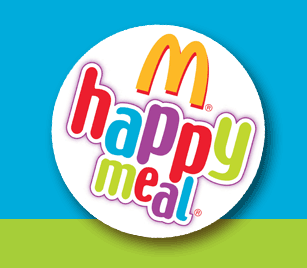Week 13
We began this week by having an Advocacy Project due where we wrote a letter to an elected official about the bill we had chosen earlier, and also created a fact sheet to support our argument. This was a very unique experience for myself because I had never done anything like this before. Also, we met as a class at Goodwill Industries to learn about their mission and how things were really operated there. It was interesting to learn how they are not about production, instead they are about placing their employees within the community and providing the with steady work. To finish up this day of class we all participated in a wedding activity at Goodwill and were given time to look for items for our upcoming junking projects. The final item on the agenda for this week was our final weekly reflection and overall reflection of our Eco-Chic Lifestyle change. It was very interesting to see how everyone progressed through their goal and their success along the way.
Week 14
To begin our final week of class, we had yet another Advocacy Project due. This was an online lesson created individually regarding the bill we had previously chosen. My project was based primarily around educating our class about automobile emissions and how to reduce our impact. Later in the week we completed each online lesson for all of the members of our blog group, it was pretty cool to see the interesting things everyone came up with. Also during class on monday we all presented our "Junking" projects, this was an extremely neat way to end the class. It was great to see everyones wonderful ideas and how much time and effort they had put into their personal projects. The creativity of our class never ceases to amaze me, and these projects definitely impressed me more than I thought.
My Junking Project was an old oil heater that i had found laying around at my grandparents.
My Junking Project
My Junking Project
Overall Course
Where can I really start with this course, I never imagined that I would take so much away from this class. This class opened up my eyes so much to issues that I never even realized existed. An example of this would be the terrible things that go into processing the meat we buy in the U.S. I guess you could say I was a bit sheltered with that because I have always eaten beef directly from our family farm, wild turkey we have harvested, pork and chicken from the farms of family friends, and wild game like venison and bear that we harvest ourselves. Seeing the terrible things they do to these animals and the ways they cut corners just to increase production and make a bit more money make me pretty sick.
I could go on all day talking about things that greatly impacted me throughout this class, such as "Tapped," "Fresh," "Future of Food," our lifestyle changes, junking, and even blogging. I would like to take a second however to discuss how much this class has made me grow and mature. I honestly think this class has made a huge impact on me as a health educator and opened my eyes to so many more issues than I ever even knew about. Going into this class I had no idea what to really expect, but walking away from it I know that the information and knowledge I am taking away will stick with me forever. The amount of information and experience that I gained from this class definitely made me much more well rounded as both a student and a professional.





